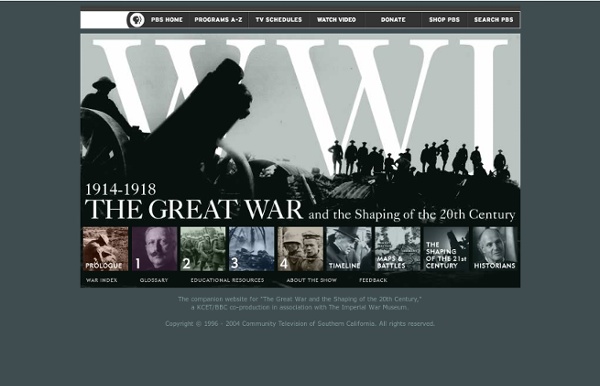



première guerre mondiale, gouvernement, guerre, Photographie, Arthur Mole, John D. Thomas, Philadelphie, oncle sam, Durant la Première Guerre Mondiale, le gouvernement américain commanda à l’anglais Arthur Mole et l’américain John D. Thomas une série de photographies de foules de soldats à fins propagandaires, « patriotiques ». Celles ci devaient représenter des symboles forts, de la cloche fêlée de Philadelphie à l’Oncle Sam.
The Hue of Battle: The World of Trench Warfare in Color - SPIEGEL ONLINE - News - International What the public remembers, it remembers in pictures. Wars, even more than other events, tend to survive in the popular imagination not just as a chronology of events, but also as an archive of images. When it comes to remembering the World War I, most of us have had to content ourselves with a visual inheritance almost exclusively limited to black and white photography. No longer. Le 28 août 1914 : « Grosses pertes, reste 1 050 hommes sur 3 000 » Le carnet d’Henri Flamant (Archives familiales, DR) 28 août 1914 Entendons le canon devant nous, du côté de la Meuse vers Montmédy : revue du colonel à 8 heures et demie. Making of Le caporal Henri Flamant, dont nous publions les carnets rédigés au jour le jour, vit la fin de la « bataille des frontières » (10-28 août 1914) visant à retarder, sur la Meuse, l’avancée des Allemands. Le 24 août 1914, Joffre a décidé la retraite de la 5e armée, entre Maubeuge et le massif boisé des Ardennes.
World War I - Kids Social Studies Videos and Lessons that Make Learning Fun and Easy World War 1 for Kids World War I was a large-scale military conflict involving European nations, United States and other nations across the world. The war lasted from August 4, 1914 to November 11, 1918. More than 15 million people were killed and 20 million people were wounded, making it one of the most devastating conflicts ever.
Lazare Ponticelli, immigré italien et dernier poilu français 1Le hasard a voulu que le dernier poilu français fût un immigré italien. Lazare Ponticelli, né en 1897 en Émilie-Romagne, est entré dans l’histoire quelques années avant sa mort survenue le 12 mars 2008, à l’âge de cent dix ans. Ce hasard émerge en fait d’une histoire nationale qui, depuis deux siècles, s’est construite avec l’immigration et s’est nourrie des apports étrangers. World War I Resources (Virtual Programs & Services, Library of Congress) Compiled by Kenneth Drexler, Digital Reference Specialist The digital collections of the Library of Congress contain a wide variety of material related to World War I, including photographs, documents, newspapers, films, sheet music, and sound recordings. This guide compiles links to World War I resources throughout the Library of Congress Web site. In addition, this guide provides links to external Web sites focusing on World War I and a bibliography containing selections for both general and younger readers.
Ile Longue 1914-1919, das Internierungslager, le camp de prisonniers, the internment camp Anzac History World War I Letters from the trenches of WWI Gallipoli France Ted and Annie Smythe lived in Jerilderie in western NSW with their 9 children: 4 boys Bert, Viv, Percy and Vern; 3 girls Viola, Ida and Rita; then 2 more boys Eric and Gordon. They moved to Sydney in 1912 so that their oldest daughter could attend Fort St High School and their younger children could have better opportunities. The four older boys helped get the deposit to build a very modest four-roomed cottage in Kogarah which they named Koppin Yarratt. They had all left school before the age of 12 and had joined the Post Master General's office where they learnt Morse Code and educated themselves to gain promotions.
ww1 Welcome to Ms. Weid's World War I research haven. Here you should be able to find a wealth of knowledge on many WWI topics. Just click on the appropriate button to access the informative links. First World War.com - A Multimedia History of World War One World War I Document Archive World War One Battlefields : Home Page